
‘Nicknamed the Queen of Leica in the 1930s, Ilse Bing was an avant-garde photographer and photojournalism pioneer. Similar to Bauhaus in her abstraction, to Surrealism in her poetry, and to the modernist movement Nouvelle Vision in her attention to geometry, her work includes both portraits and fashion, architecture, and landscape photography. Along with her fellow-photographers Brassaï, Man Ray, Florence Henri, and Dora Maar, she contributed to making Paris the capital of photography in the 30s.
‘After studying mathematics and art history in Frankfurt and Vienna, she took up photography in 1923. She started out as a photojournalist and quickly made a name for herself in the press and illustrated magazines, including Frankfurter Illustrierte in 1929. According to the photographer Gisèle Freund, what persuaded Bing to move to Paris in 1930 were Florence Henri’s photographs. Upon arriving in Paris, the young woman was quickly recognised by the avant-garde circles. Her pictures were exhibited and published in many magazines, such as Vu, Arts et métiers graphiques, L’Art vivant, and Harper’s Bazaar, placing her at the heart of the golden age of illustrated magazines.
‘Using exclusively a small Leica, she worked on modernist motifs – geometrical and industrial landscapes, railways, stations. Some of her pictures, especially those of the Eiffel Tower (1931), with their metallic motifs and striking camera angles, are reminiscent of Germaine Krull and the Nouvelle Vision movement. Paris, Windows With Flags, Bastille Day (1933) also plays on the geometrical repetition of the windows and tricolour flags. Her Parisian period is also marked by a strong dreamlike quality – the whirling dancers at the Moulin-Rouge (French Can-can Dancers series, Paris, 1931) and nostalgic poetry found in the multitude of small details she encountered. Her close-ups of the Alexander III Bridge (1935) and of chairs in Parisian parks, puddles of water, and shop signs (Boucherie chevaline [Horse-meat Butcher’s], 1933), develop a vision that restores the enchanted facet of Paris through its particularities, a method also developed by the Surrealists at the time. The photographer also tried her hand at experimental photography, with solarisations of Parisian fountains (Place de la Concorde and Rond-Point des Champs-Élysées, 1934), and dance photography (Ballet Errante, 1933).
‘Her most famous photograph, Self-Portrait With Leica (1931), can be interpreted as a symbol. In this picture, the artist designates herself as the central figure of the historic moment that the 1930s were for photography, and makes the Leica a character in its own right. This cult, portable and lightweight device was the symbol of modernism; its user-friendliness made it an embodiment of the extension of the eye and revolutionised photography. It served the modern conception of photography as the art of capturing images in the flow of reality. This conception was shared in part by the artist, for whom the camera constituted a way of breaking the boundary between dreams and reality, and of capturing snatches of fantasy and imagination in the real world. The photographer is particularly marked by the world of childhood and fantasy, as is visible in the many pictures she took of festivals and fairgrounds. In 1940, Ilse Bing, a German Jew, was detained at the Pyrenean concentration camp of Gurs, waiting for an American visa. She fled to New York in 1941 and resumed her work as a photographer. But the start of her second career proved difficult, with financial troubles even forcing her to work at a dog-grooming parlour. In 1959, she put an end to her professional photography career and started making experimental compositions with an 8mm colour Bolex. She began writing poetry and drawing in 1968 and published two books, Words as Vision (1974) and Numbers in Images (1976). Forgotten for almost two decades, her work was rediscovered in the late 70s, when photography became recognised on the international scene. A few of her works were shown in New York at MoMA in 1976, where they came to the public’s attention, then at the Witkin Gallery. In 1982, she published her first book of photographs, Femmes de l’enfance à la vieillesse (Women from the Cradle to Old Age), with a preface by Gisèle Freund. Her crucial position in the history of photography makes her the embodiment of the modernist turning point and the Leica revolution, as well as a symbol of the birth of a new and essential figure of the interwar period: the woman photographer.’ — Anne Reverseau
____
Further
Ilse Bing @ Wikipedia
Ilse Bing – life and work
IB @ Galerie Karsten Greve
Uncovering the Critical Influence of Photographer Ilse Bing
Ilse Bing – My Hero
Ilse Bing: A Frankfurt School Photographer in Paris and New York
Keith Seward on Ilse Bing
‘Forgetting Ilse Bing’
Object Lesson: Holiday Cards from Ilse Bing
Ilse Bing: An Avant-Garde Vision
____
Extras
1992 ilse bing fotografin photographer geb 1899 kunst doku
Ilse Bing, Queen of the Leica
“All Paris in a Box” by Ilse Bing
ILSE BING: Photographs (1928 – 1935), Galerie Karsten Greve Paris 2021
____
Quotes
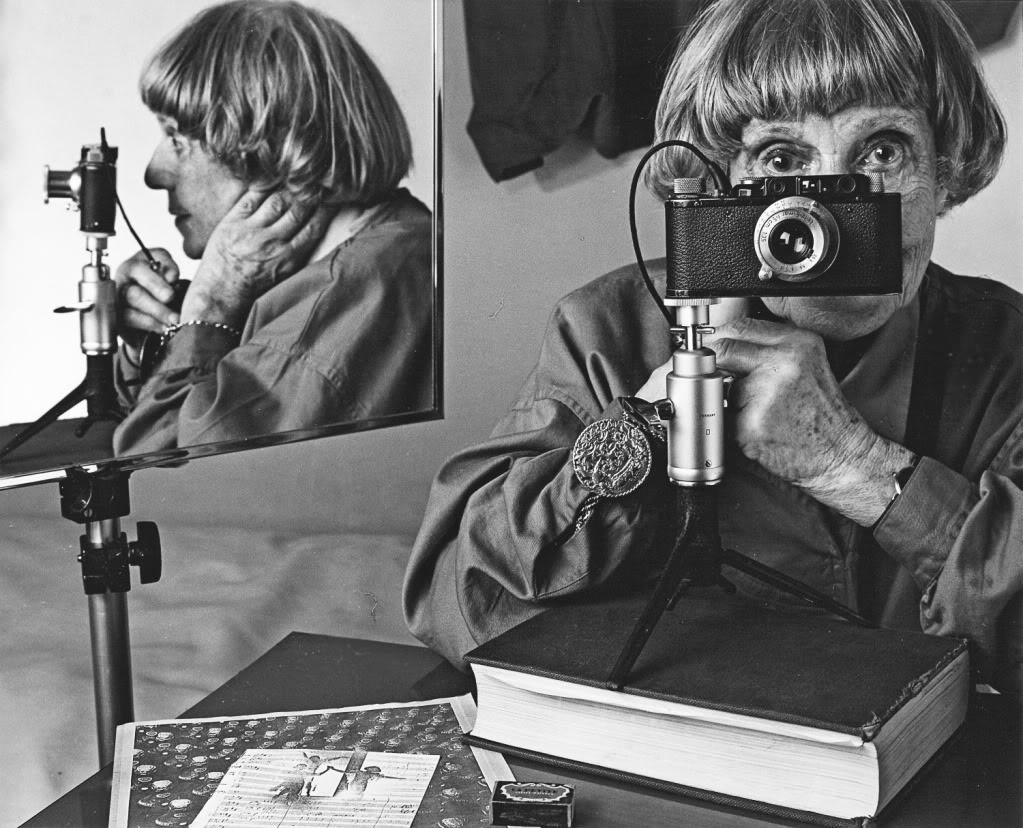
“I didn’t choose photography, it chose me…. Now over 50 years later, I can look back and explain it. In a way it was the trend of the time; it was the time when you started to see differently … the beginning of the mechanical device penetrating into the field of art.”
“A lot of people just call it internment camps because we weren’t mistreated. I felt it was a concentration camp. To be separated from my husband, not knowing where he is, not knowing what is going on out in the world. (…) This bondage, the absolute lack of freedom and degradation. I always had a razor blade with me. I was determined not to let the Nazis intern me. Then I would have taken my life. But you can take a lot more than you think. It was worse than you could imagine and you could endure more than you thought possible.”
“I wouldn’t wish it on anyone, but in the end, I won. I lost many material things, but I grew as a human being.”
“I felt that the camera grew an extension of my eyes and moved with me.”
“When I was a little girl, children were looked upon as, “not yet”—something not yet perfect. I resented this approach toward me. But I was no fighter, and I retreated into my own world. This world was so colorful and so rich that I wanted never to become a grown-up.”
“I was very excited with the ‘jazz rhythm’ of New York, and by the newness of American cities as well as the wildness of American nature. I saw the New York skyline as a hybrid of the two. I did not find the New York skyline big like rocks. It is more natural than that, like crystals in the mountains, little things grown up.”
“I couldn’t say anything new with this medium. I stopped working with the camera at the height of my photographic developments. I couldn’t use it to express what I was experiencing. Of course, I could have taken nice pictures, but it no longer came from within. The character of the work changed with my development and has now been given a new face.”
“111 words: ‘to be, to have, words, yes, no, why, because, good, bad, crime, pain, envy, mine, i, you, they, identity, reality, illusion, hope, expectation, inspiration, awe, hate, love, ideal, sleep, death, mourning, (to) remember, forgotten, lost, missing, alone, lonely, bored, alive, happy, (to) smile, when, time, timeless, now, yesterday, tomorrow, ever, never, final, endless, no more, eternity, where, here, nowhere, probable, perhaps, sure, obvious, enough, absolute, old, new, discovery, invention, noise, silence, sound, ugly, beautiful, warm, hot, cold, slow, fast, ready, alert, very, and, by, if, so, but, please, thanks, (to) begin, (to) wait, good-bye, something, everything, nothing, this, demonic, true, lie, error, mistake, doubt, trusting, success, bravo, must, chance, hazard, happening, epilogue.’ – i picked the words like flowers in a field. the ones which signalled me the strongest were taken first. there is no apparent systems in the choice or order of words, and yet they may stand for, and unveil, the hidden body of my thoughts –”
“Motto
the invisible
has to be pictured
the unspeakable
has to be said
the unthinkable
has to be dreamed
the intangible
has to be held tight
but do not touch it with your finger”
July 16, 1982
___
Show



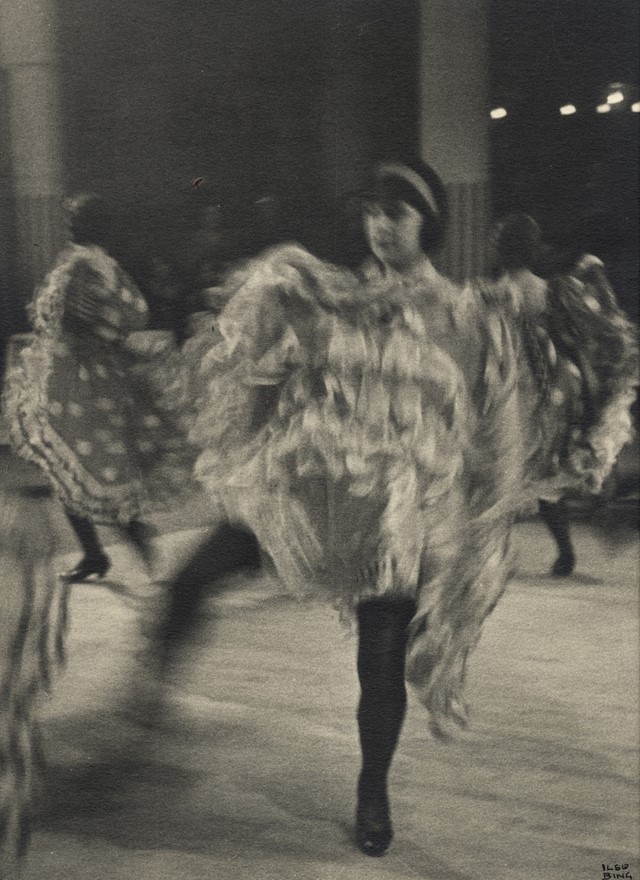
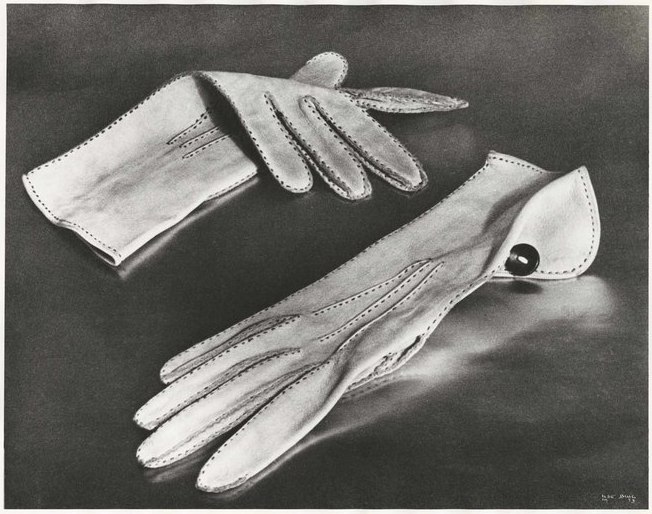
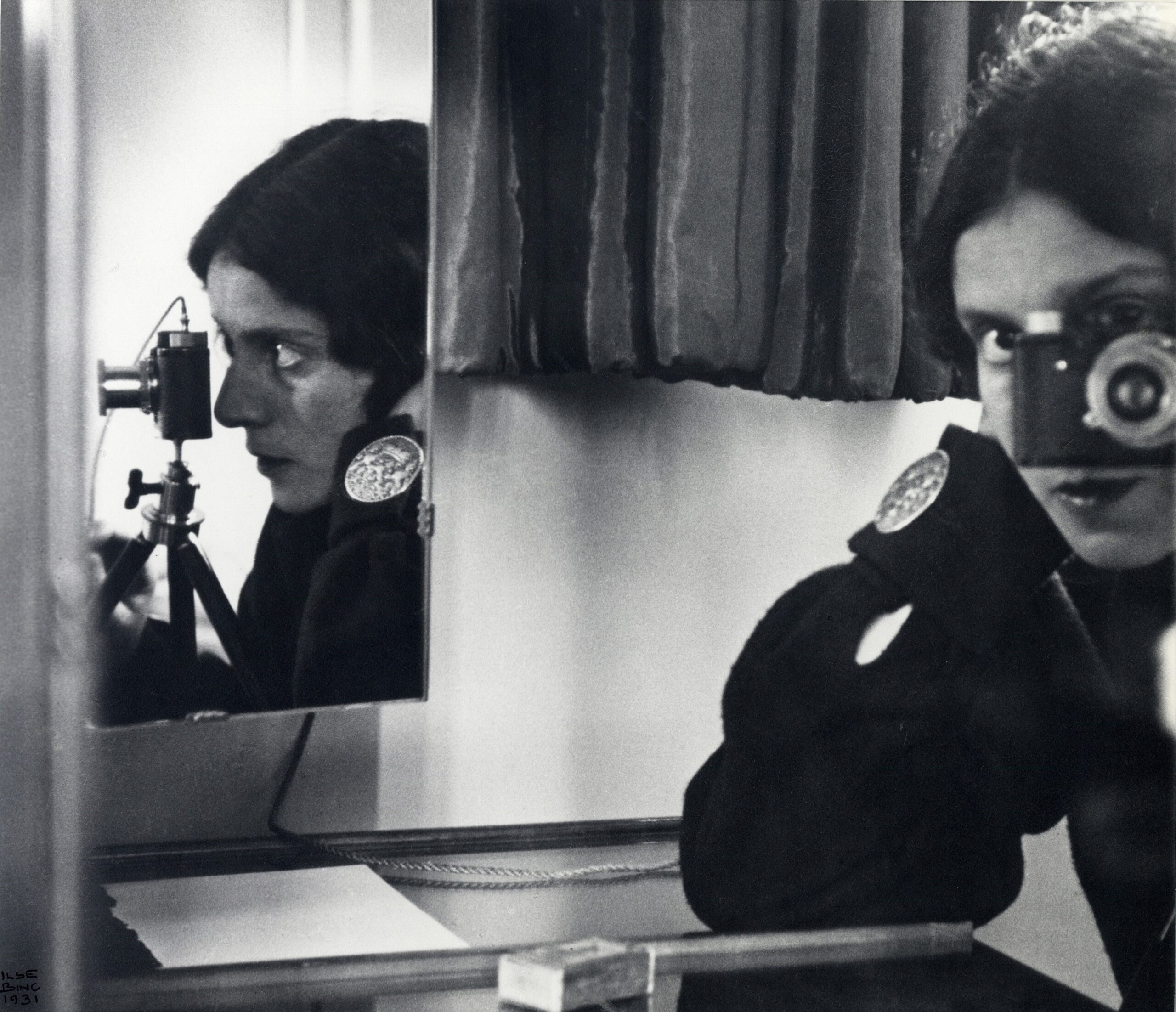

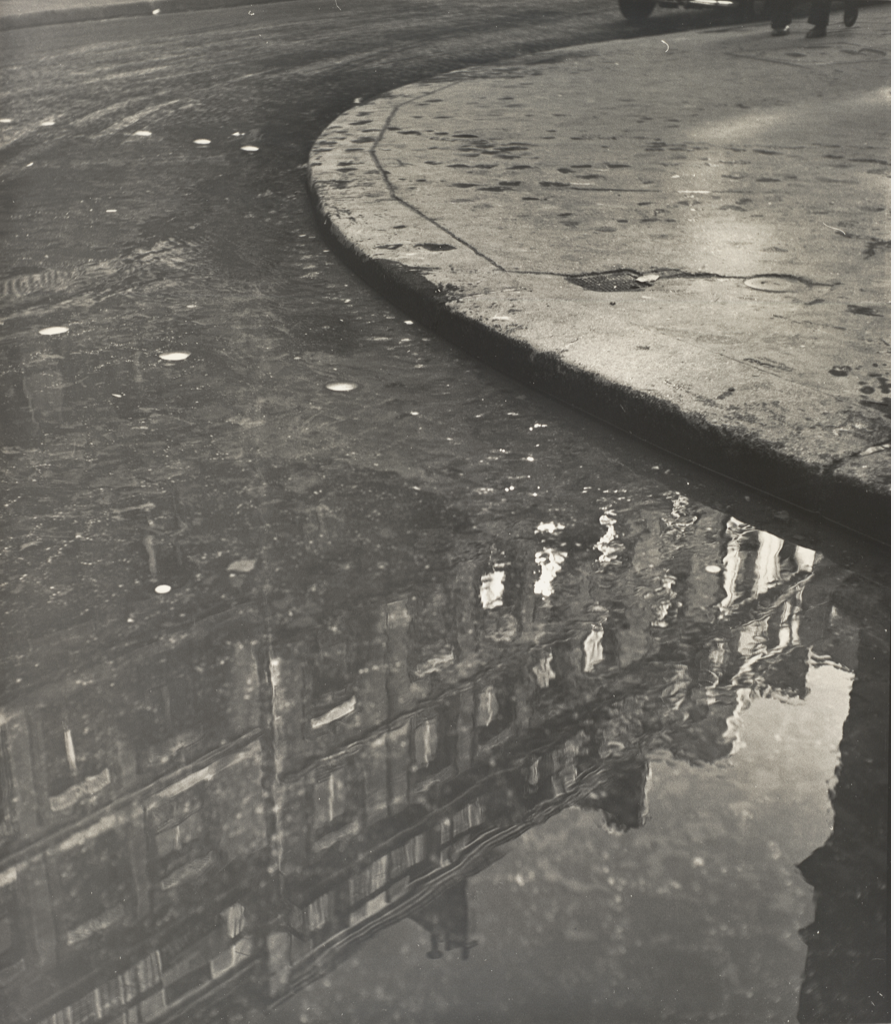
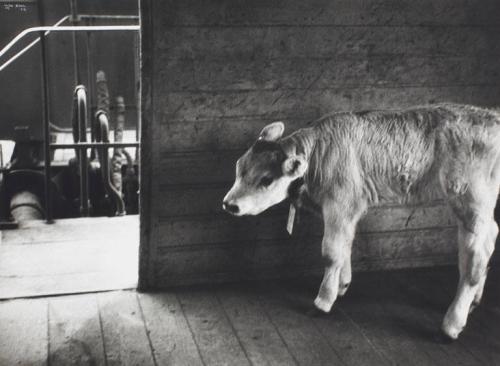
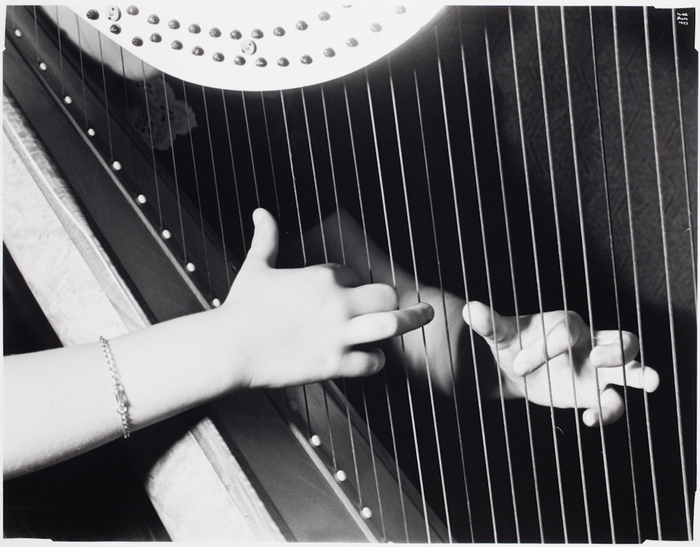
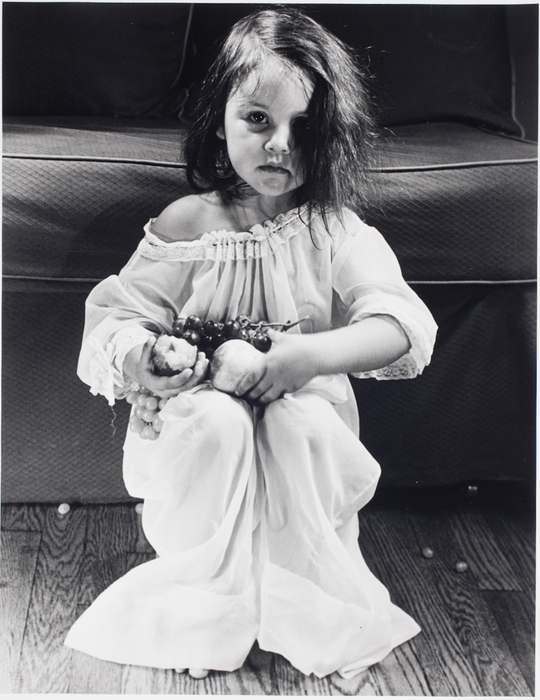
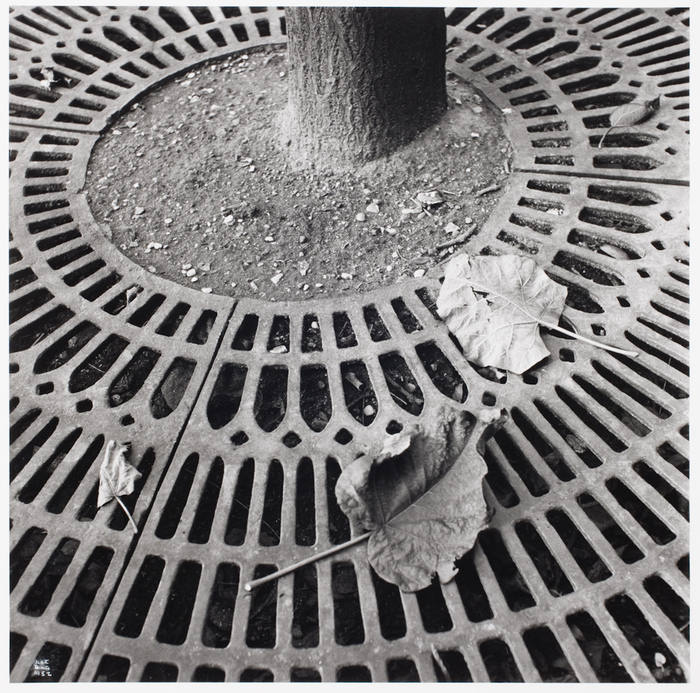
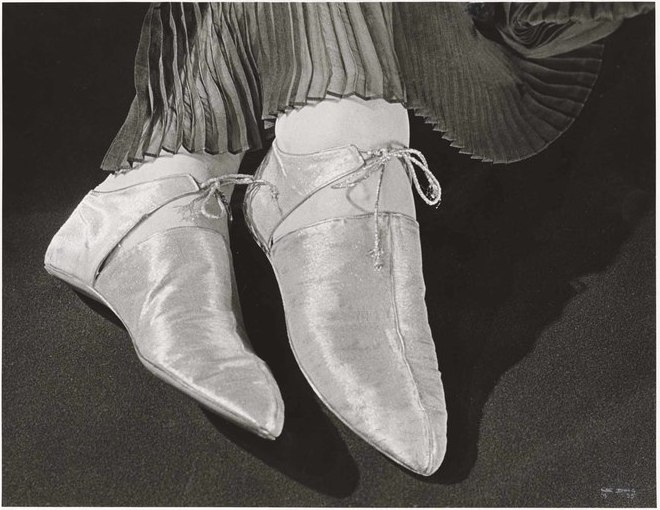
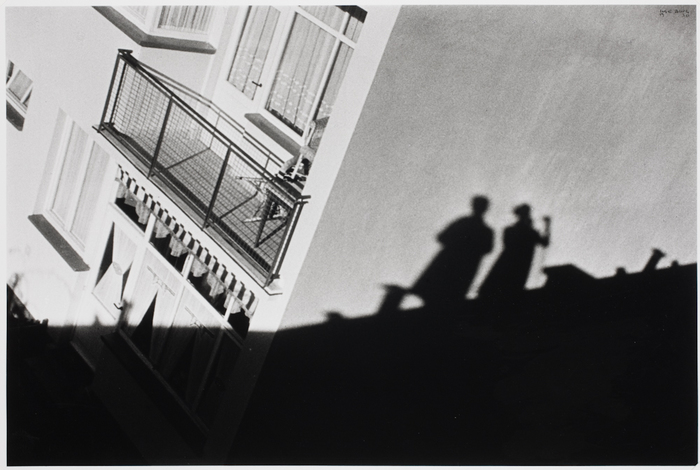
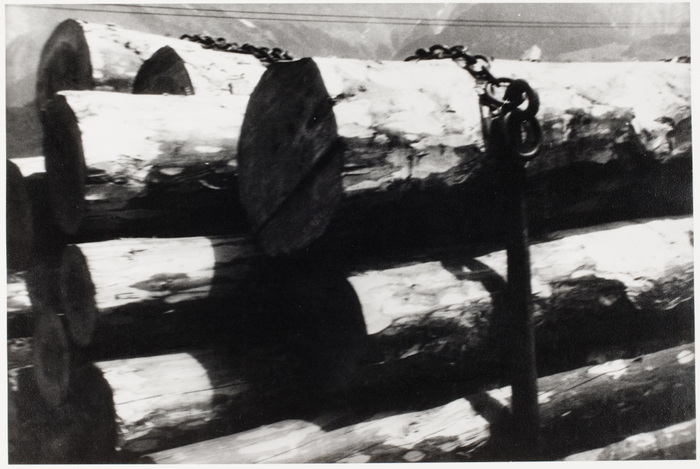
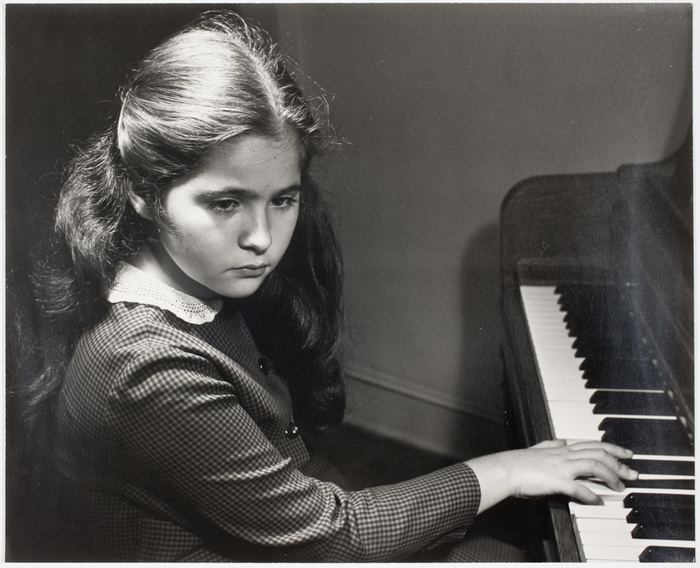
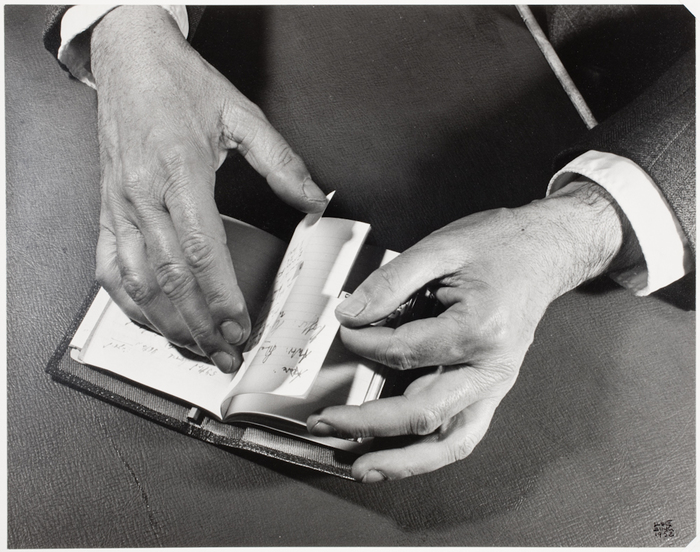

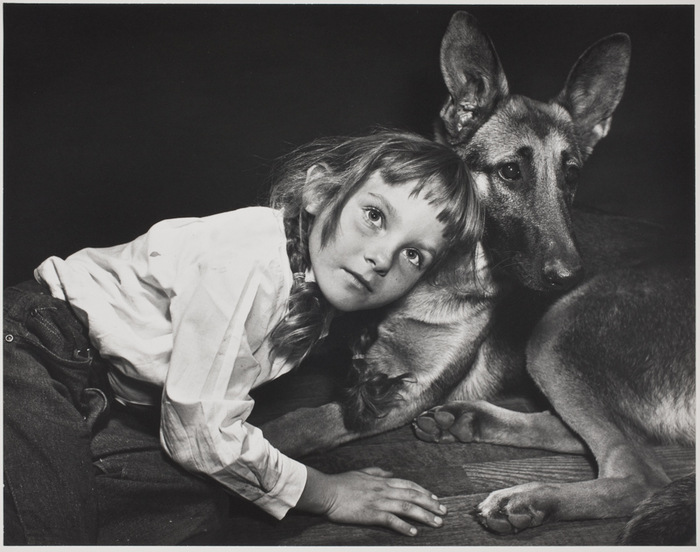
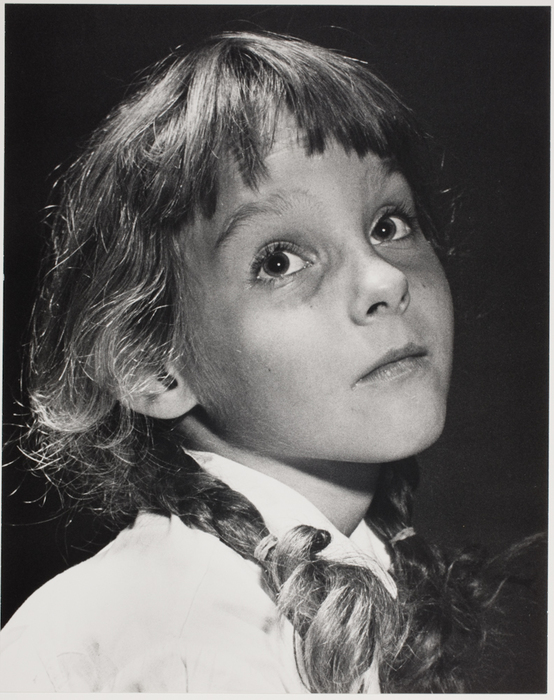

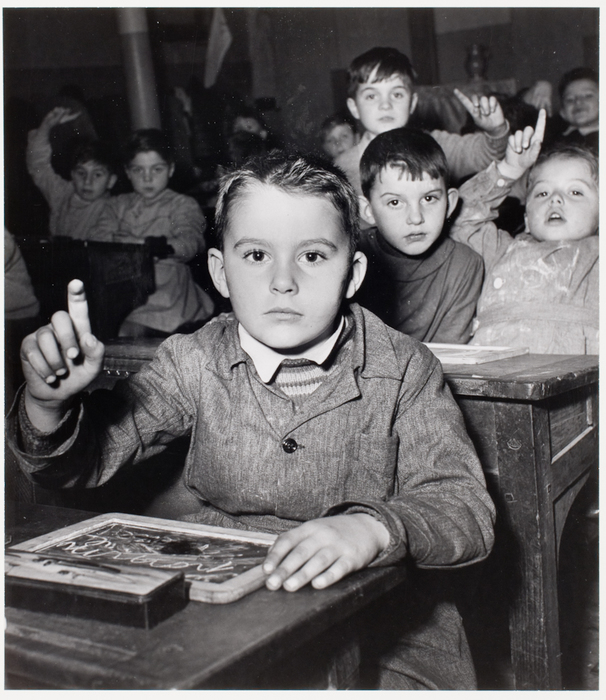
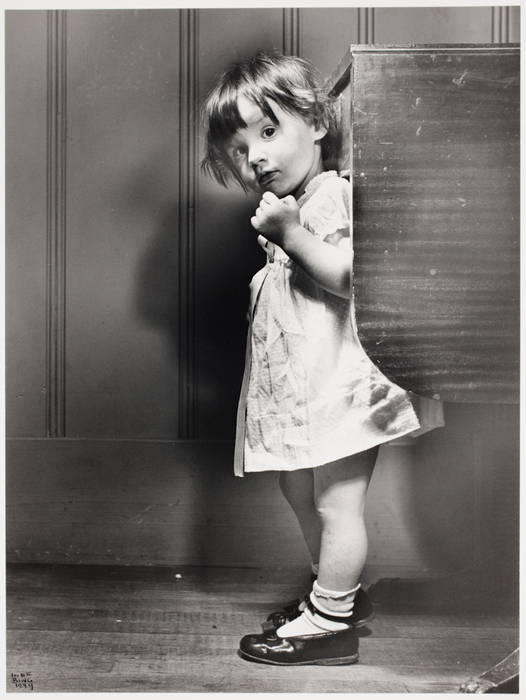
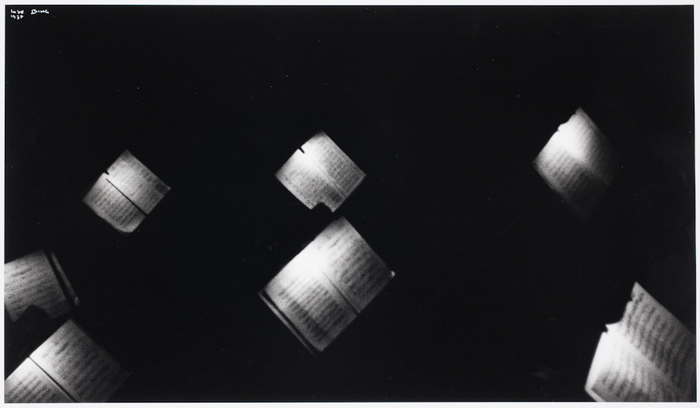
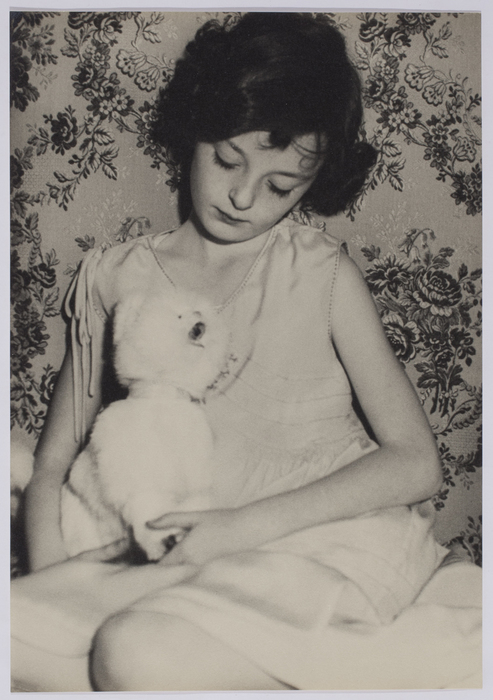
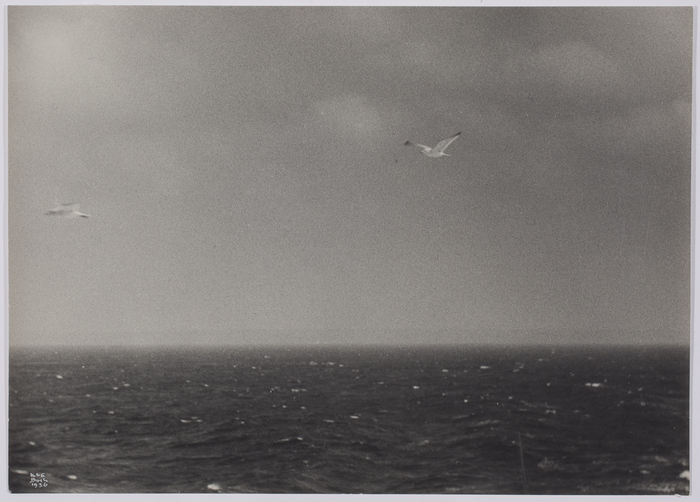
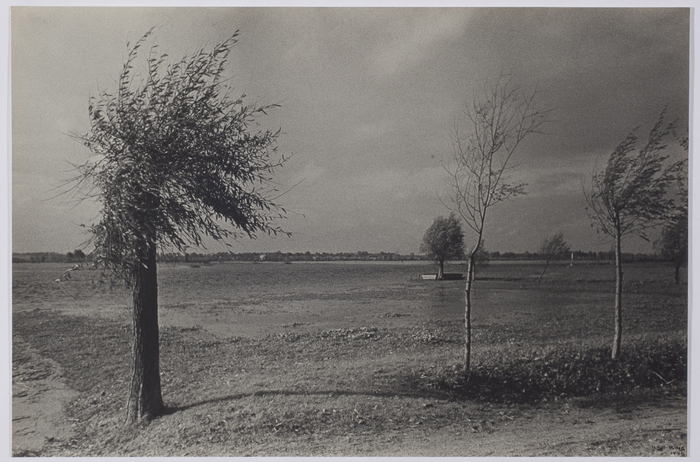

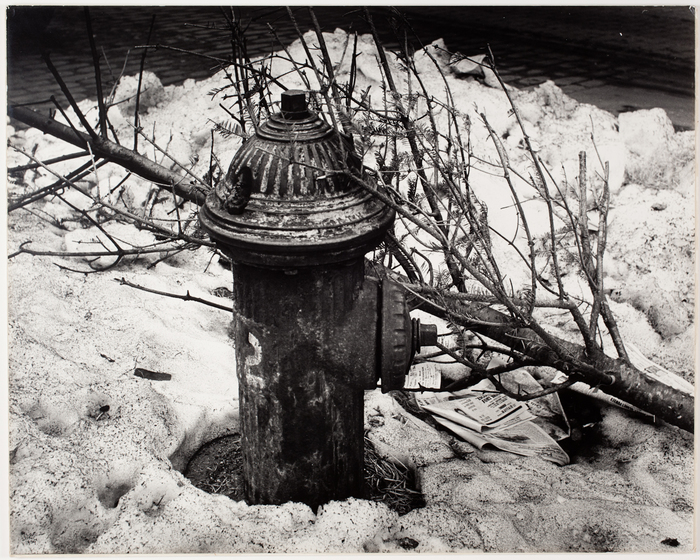



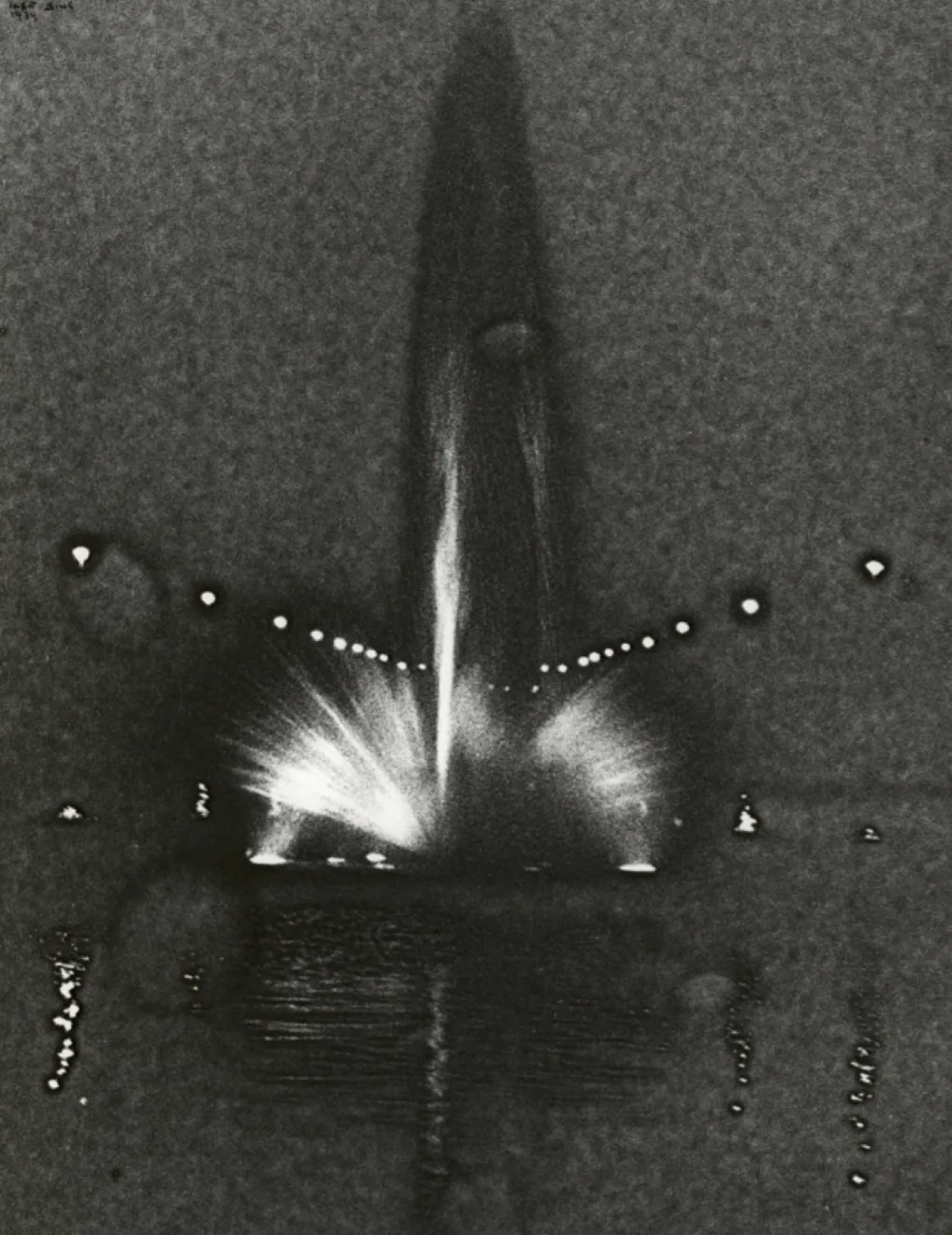
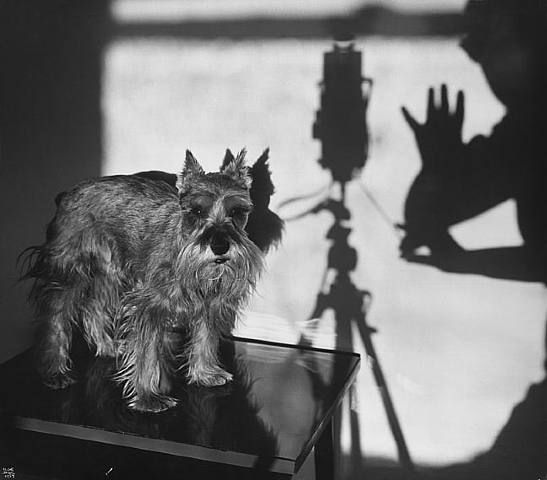

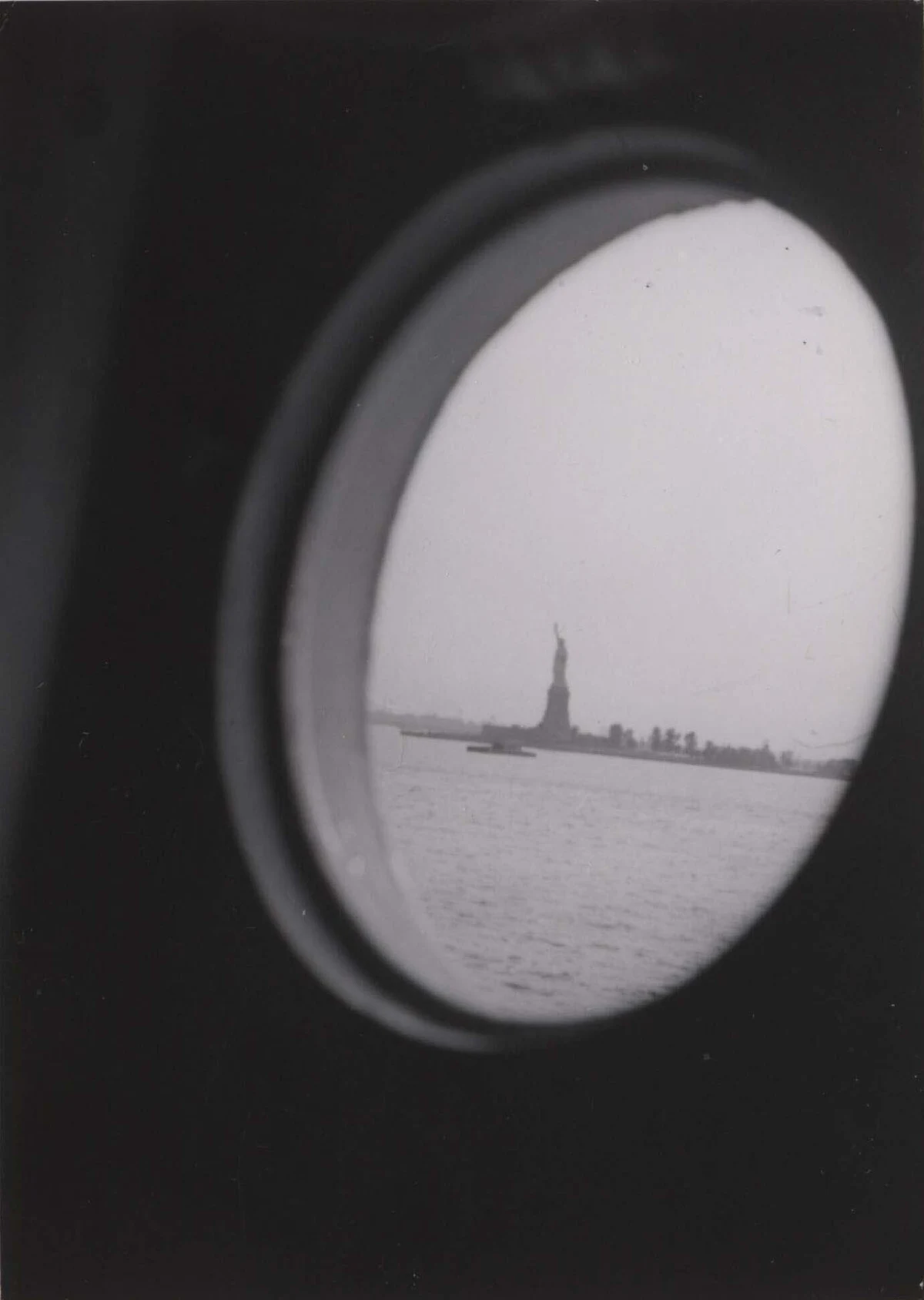
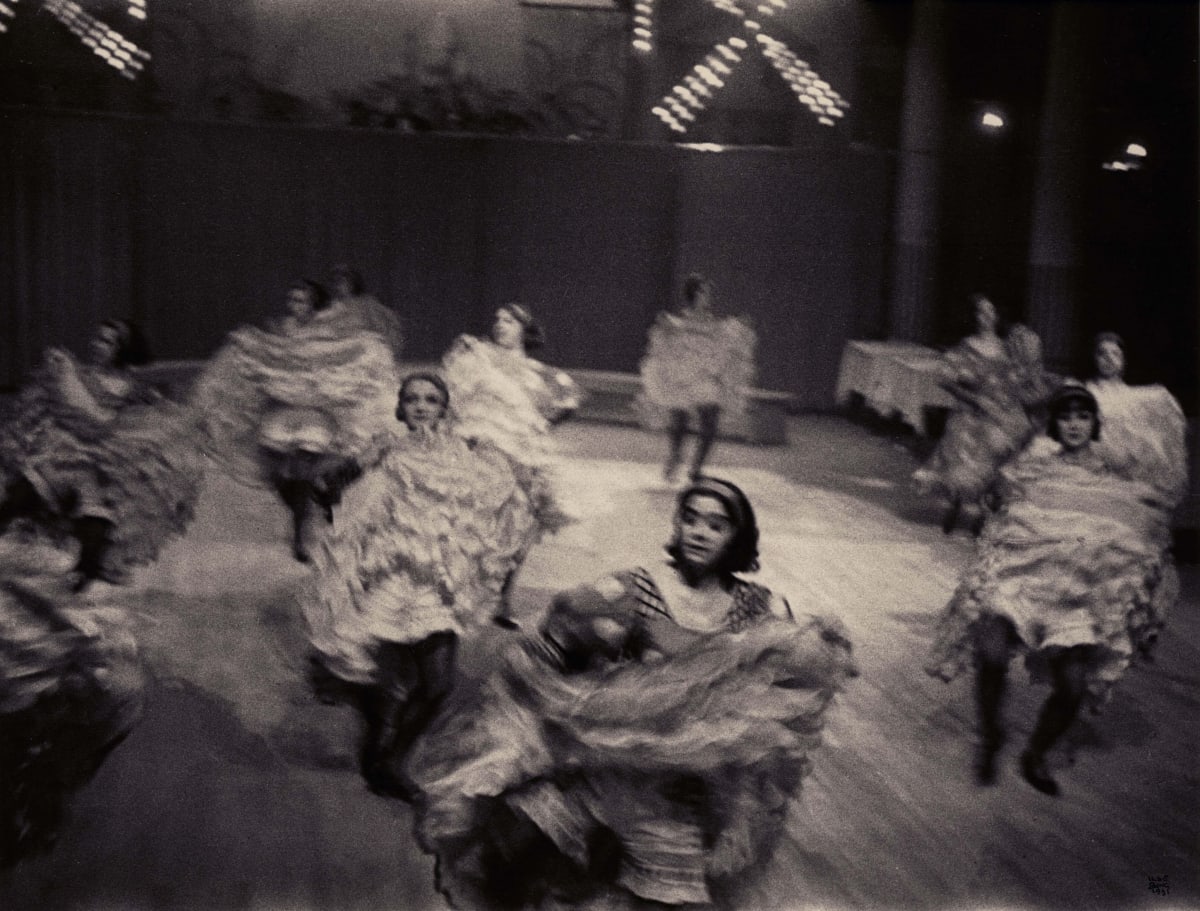
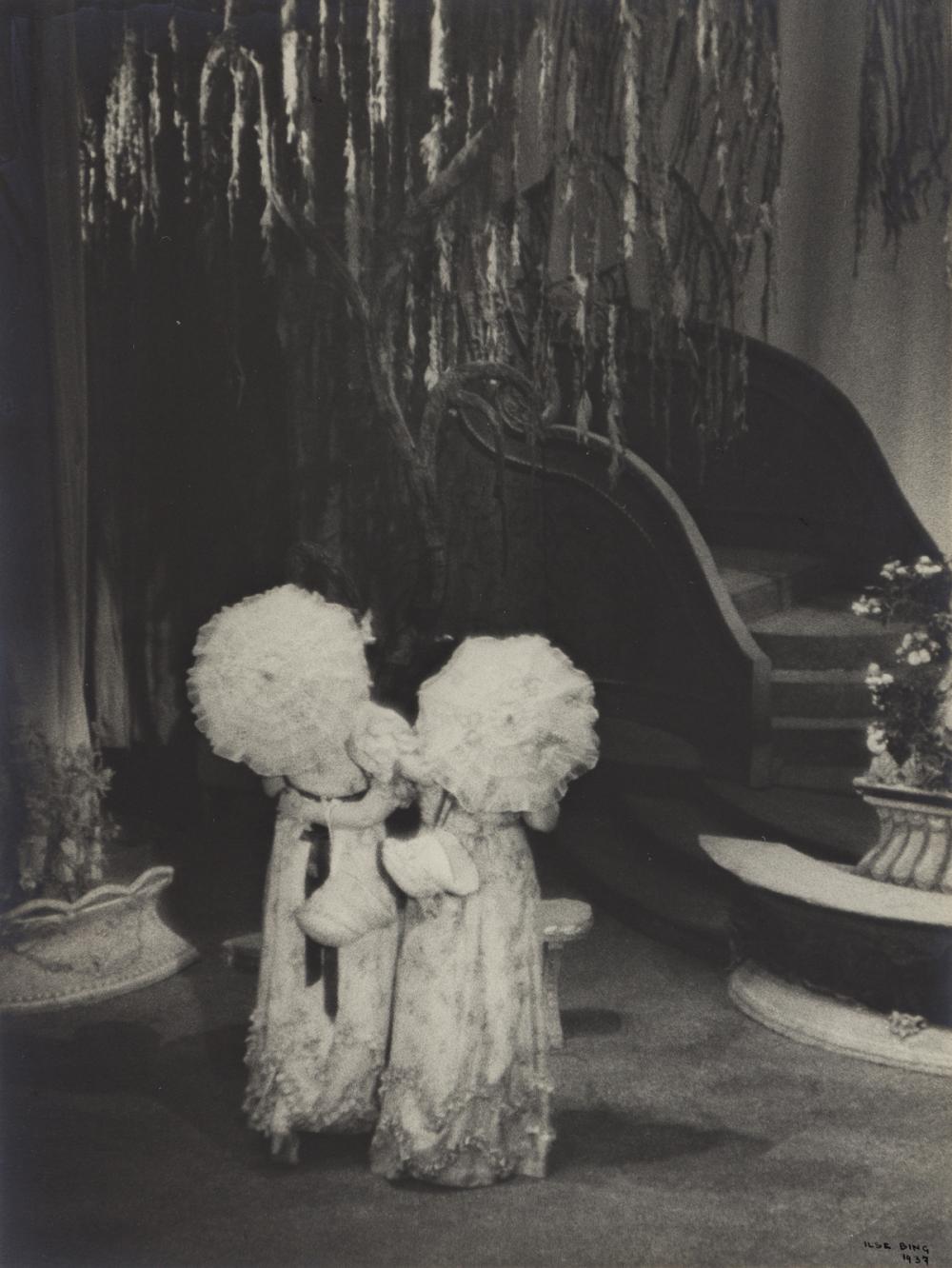
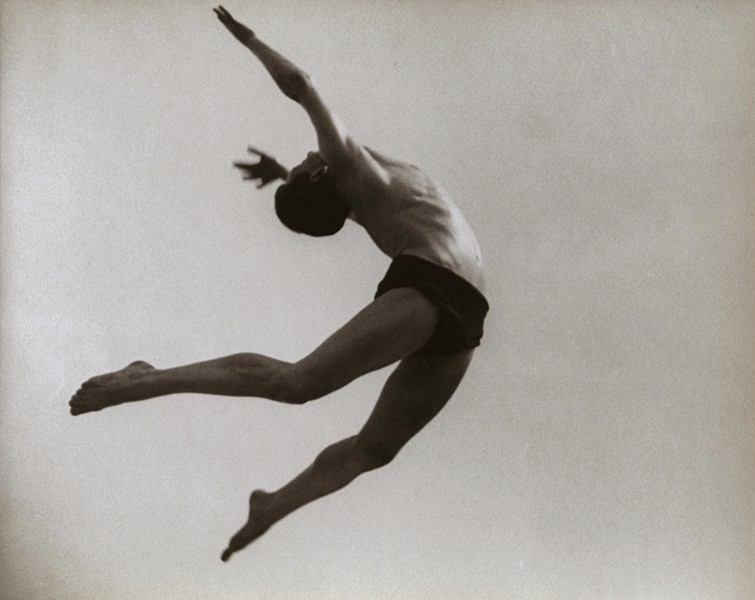



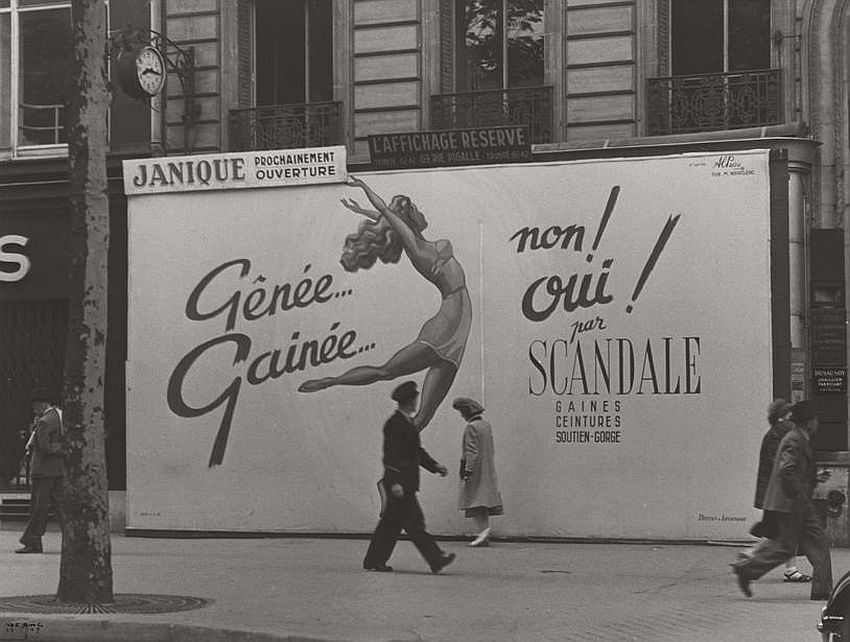
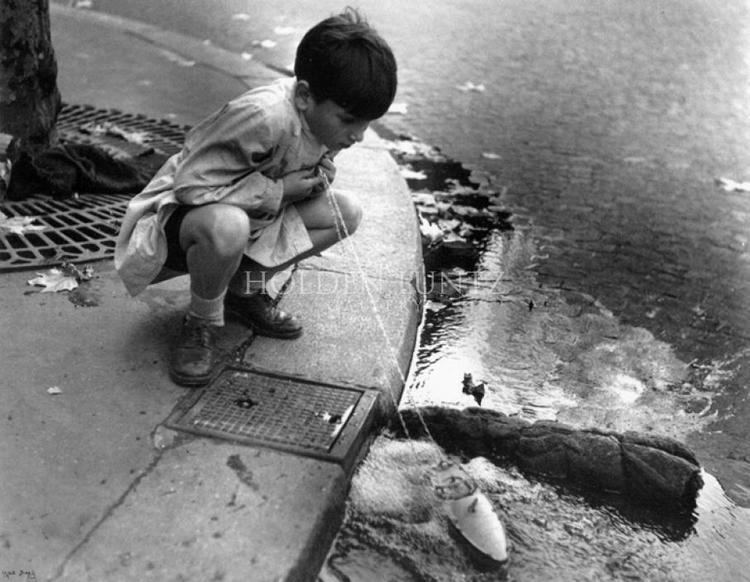
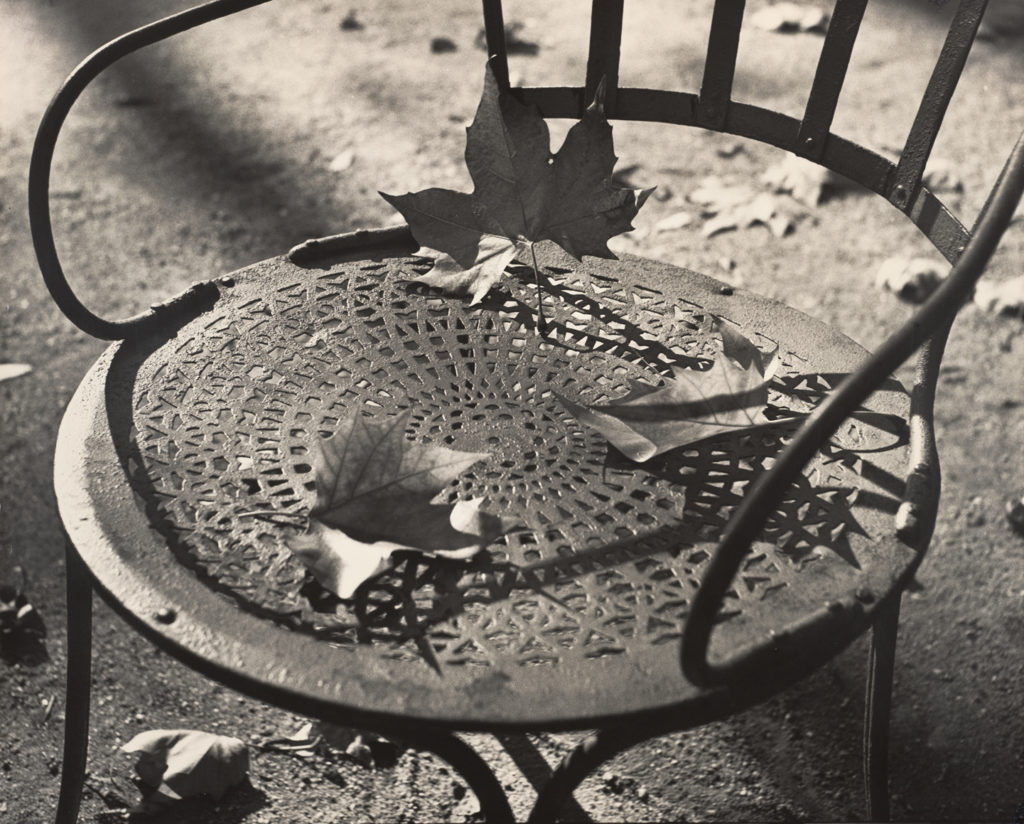
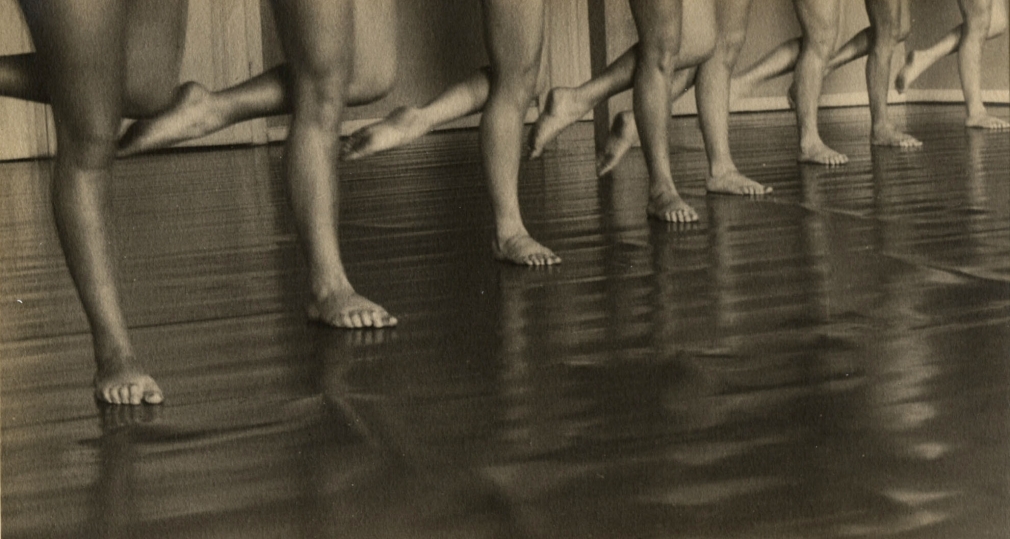

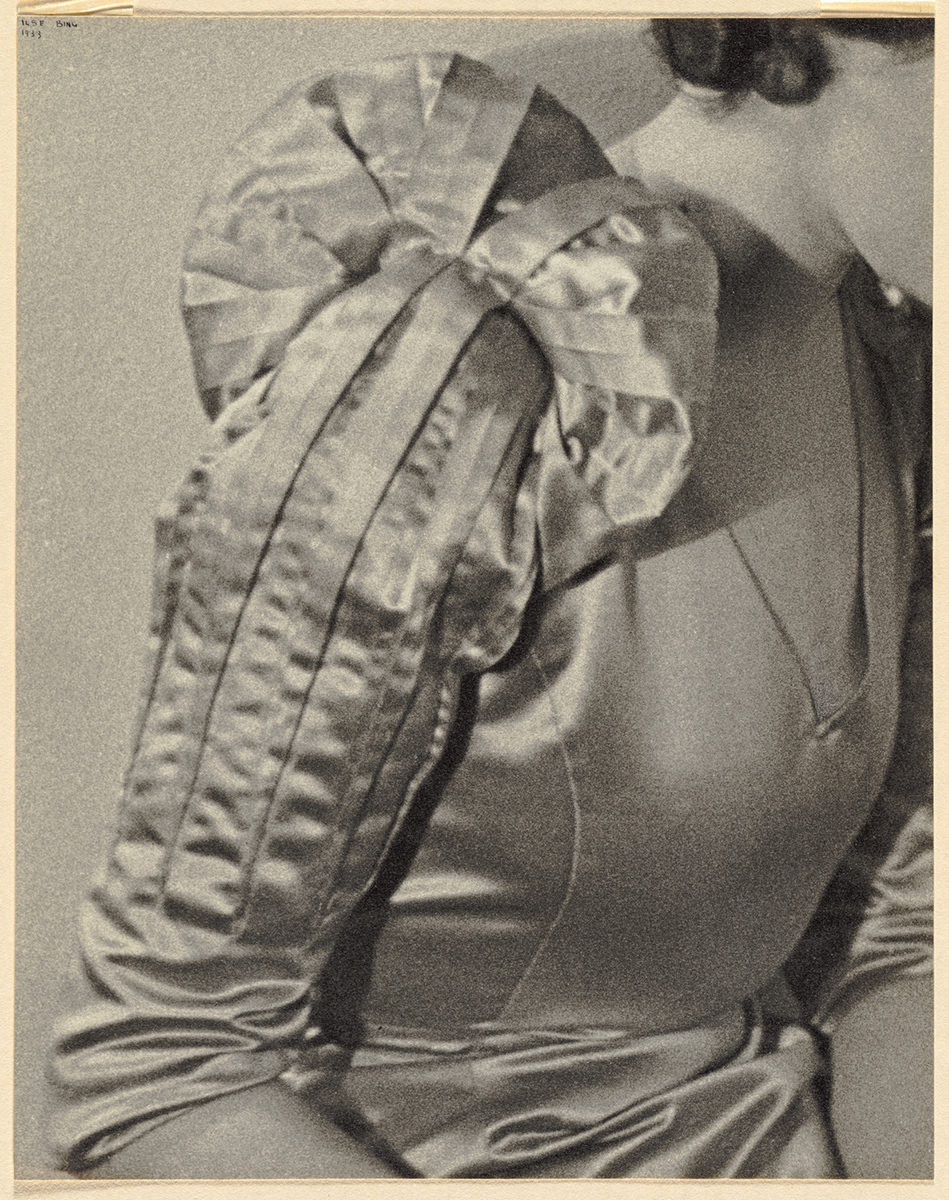
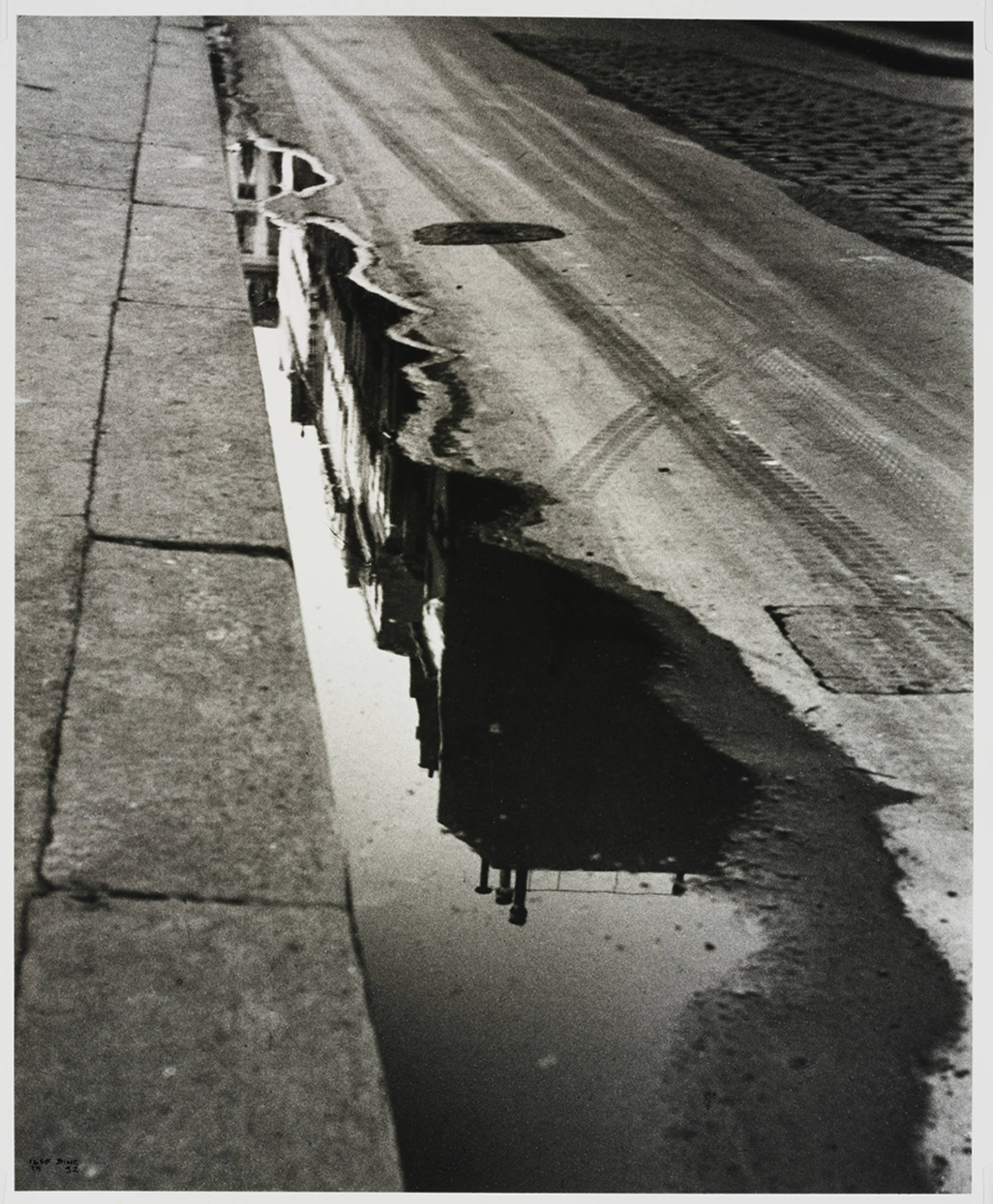
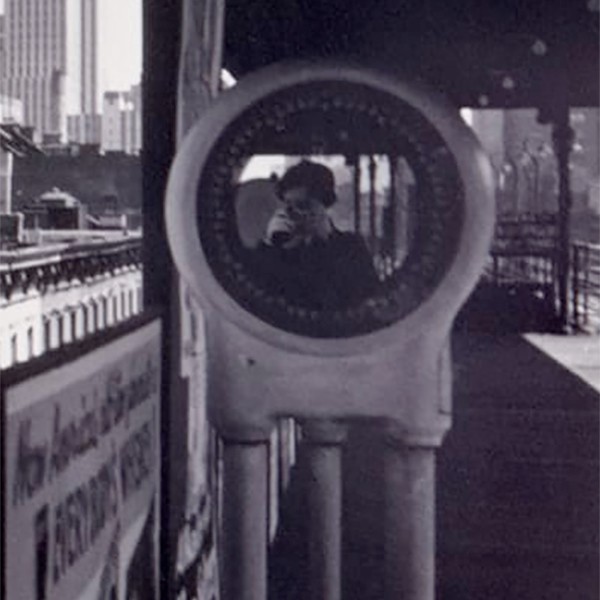
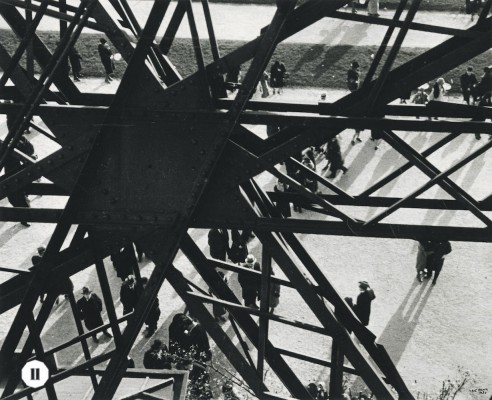
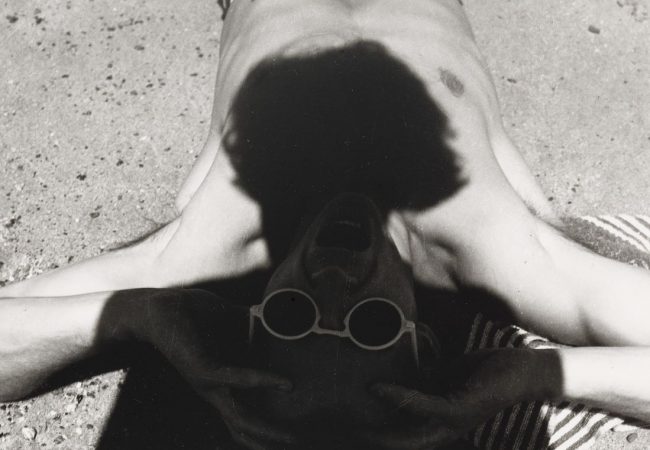


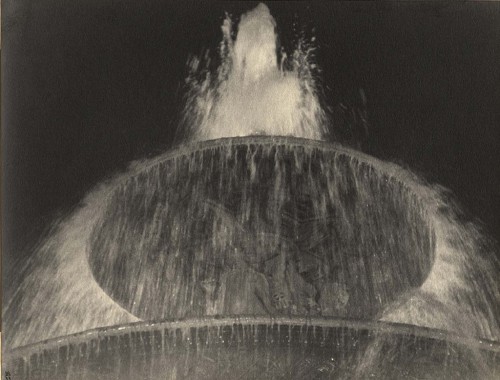
*
p.s. Hey. ** David Ehrenstein, Ha, Not sure I’d call that noise. ** _Black_Acrylic, Thanks, Ben. Oh yeah, I saw ‘God Told Me To’ years ago, and it was terrific! I’d like to revisit it. I think I will. ** Dominik, Hi!!! We’re supposed to shoot the film in November. We need to have the money needed in about five weeks. At the moment, it looks very possible that a certain someone has been lying to us about how much we already have, and, if that turns out to be true, it will be impossible to raise enough money, and we will not be able to make the film and it will need to be cancelled. It’s a very scary time. But I will know one way or another soon. Enjoy Prague! And GW’s legs, if you see them! Now, your love of yesterday was true love, thank you so much. Love spelling out your name in huge onstage fireworks as MCR begins ‘The Black Parade’, G. ** John Newton, Hi, John. Oh, sure, Cage is one of the big fathers of all noise. I saw him perform once at Carnegie Hall. The audience booed afterwards violently and he just stood there smiling blissfully like they were showering him with gifts. I used to speak Dutch pretty well. I learned it when was living in Amsterdam, but it’s mostly gone from my memory now. Same for me: I was basically forced to take Spanish in school, but I grew up in Los Angeles, so that made sense, but, oh, I so wanted to learn French, and, oh, it would have come in so handy. If you ever get back to France, Paris in particular, let’s have a coffee! ** Bill, Cool, happy you in particular liked the gig. I’ve yet to see the Cronenberg, and my expectations are very moderate. In ‘Sisters …’ I assumed the director decided to spend time with the lesser known artists, thinking Wendy Carlos would be familiar enough not to need to go too in depth about? A guess. ** Nightcrawler, Hi again to you, Nightcrawler! Thanks a lot, I’m glad the post crisscrossed with your interests. Any noise artists you especially like and can recommend? ‘Gone’ is from before I was even a decent writer. It was kind of me searching for a way to write and what to write about and how and stuff like that. I hope you like it. Good to see you! How are you? ** Okay. thought I would fill my galerie with the photographs of Ilse Bing and see what happened. So … what happened? See you tomorrow.




 Now available in North America
Now available in North America 
Ilse Bing is another new name for me and these are some wonderful, evocative images. Thank you for this!
The new episode of Play Therapy is online here via Tak Tent Radio! Ben ‘Jack Your Body’ Robinson is back to bring you Italo, vintage French Synth-pop and even some new bedroom Shoegazey sounds as well.
DDDDennniss: Re: your note to John Newton about witnessing John Cage getting boo’d at Carnegie Hall. I’ll wager the entire experience was art for him. The boos music. my fave Cage quote: “Everyone is sitting in the best seat.” Saw Amy’s and Kate Durbin’s jam last nite at STories. There was a major mishap but everyone rallied and the entire experience was art for us. Hang in there! talk sooooon -xo Jack
Terence Davies podcast on his latest film
Wonderful photos today!
There are a lot of noise artists that I could recommend, but the most recent that has really interested me has been the early 1980s works by Merzbow. His early works are more akin to collages of found sounds than the blasts of static tones that Merzbow is typically associated with. Of course, anything by the late Keith Brewer (Mania, Taint, etc.) is beyond fantastic as well.
While I do find the content of “Gone” to be fascinating as well, I really got the book because of the role you say it played in your creative process. I want to make something one day too (I’m just not sure what yet), and the idea of just beginning by collecting materials of interest is very inspirational to me. I have cut out various newspaper clippings for years, but your book provides a sort of model of how to focus those energies, I guess.
I am doing well (currently reading Mishima’s “Sun and Steel” and a book on Egon Schiele), and I hope you are too!
I spoke to my friend who’s been staying in a mental hospital for the last 18 months today, for the first time since last November. We didn’t talk much about his current state, but he said that he’s in a wheelchair after several accidents. He absolutely does not seem to be improving, and I don’t expect things to turn around for him after all this time.
Do you have any other options for production funds? Are you looking into other producers?
I liked the Quietus’ Album of the Week, Blackhaine’s ARMOUR II. It’s really dark experimental hip-hop, with one song ending with two minutes of white noise hiss.
Thanks for the invite. I have not been traveling due to COVID. The same invite extends to you if you ever travel to Philadelphia. The city has gotten 1,000x worse with shootings, murder, robbery, etc.
Thanks for writing and showing the photographs and documentaries of Ilse Bing. I like her schnauzer photographs. I grew up with them and my father would train them, command them in high German to be alert, sit and stay, and He would comb their moustache and beard.
This Is a picture of me with one of them taken in the winter of 2003 or maybe winter 2002. She learned how to jump onto chairs from my cat. I was growing my beard super long as we had lots of blizzards and ice storms, and I do not like how I look without any facial hair.
https://beardcommunity.com/gallery2/v/gallery20/KitchenHug.jpg.html
Will you write about August Sander?
Can you get funding for the film from the French government, from the state of California, the government or film grants from the USA, or via crowdsourcing? Can you contact Fleetwood Mac, Reprise record co., or the estate of Danny Kirwan to use the song? Or have a French band or musician cover it for the film?